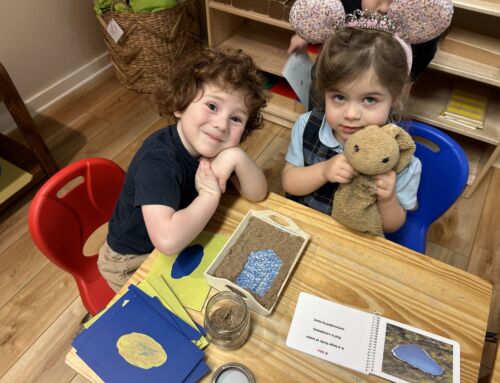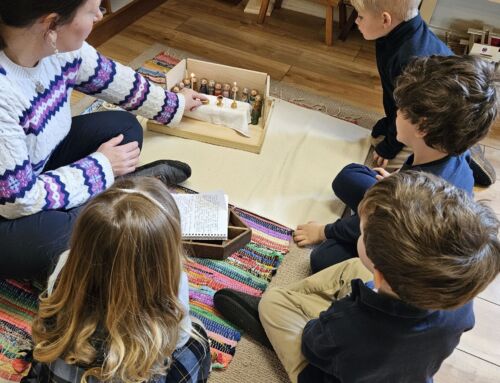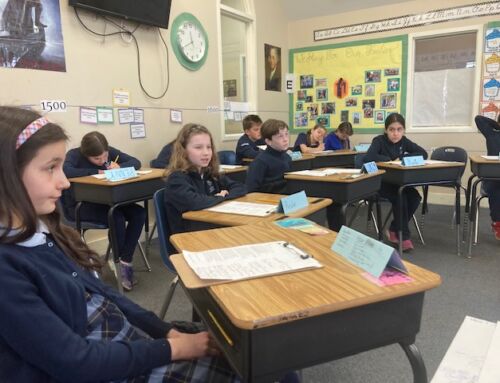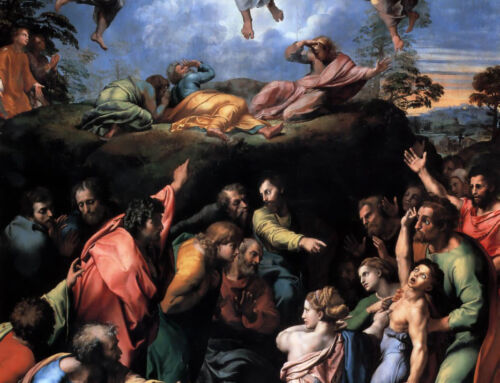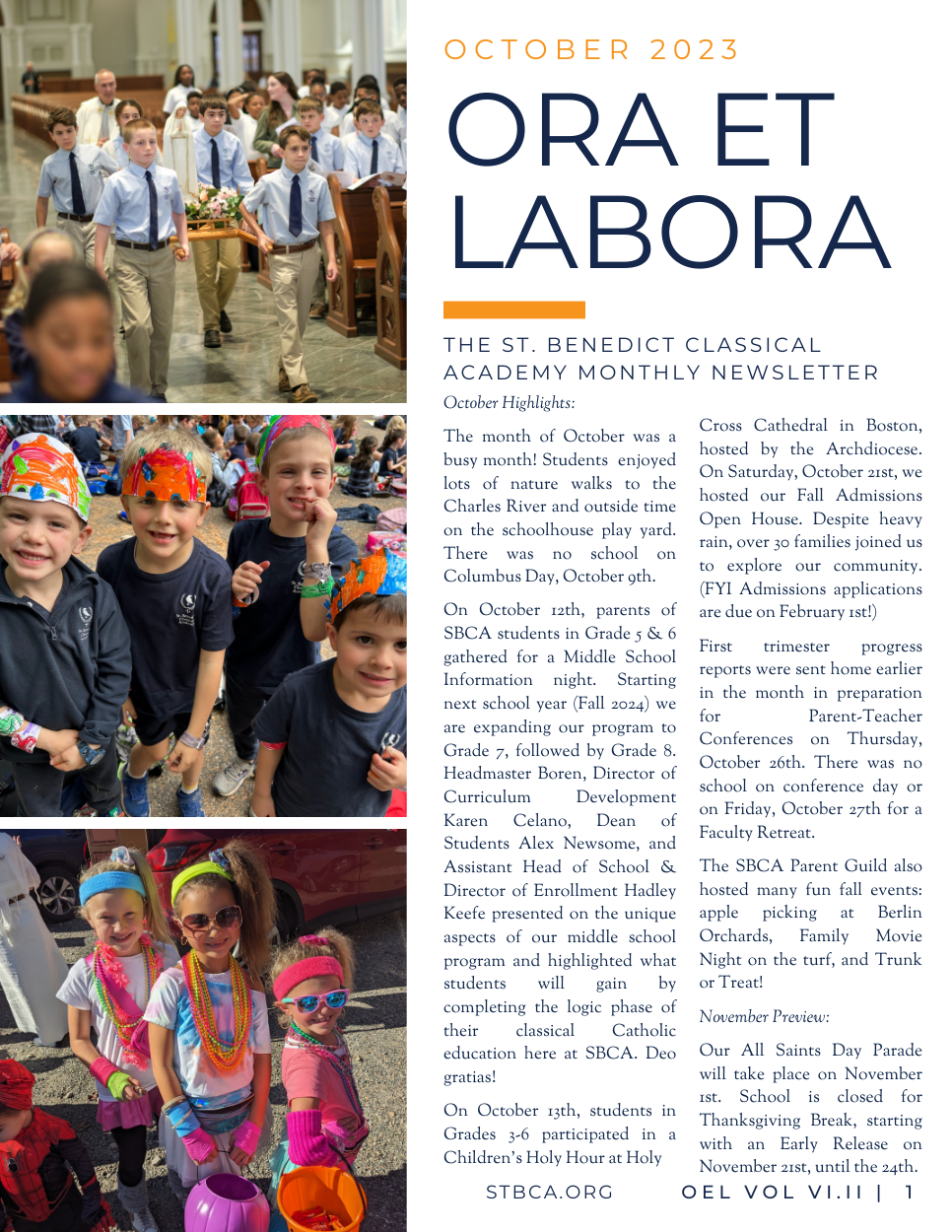Concrete materials are a fundamental component of a Montessori classroom. They provide children with hands-on, sensory experiences that help them develop a deep understanding of abstract concepts. In the Montessori approach, children are encouraged to learn by exploring and manipulating the world around them, and concrete materials are a key tool for facilitating this process. These materials are designed to be self-correcting, meaning that children can immediately see if they have made a mistake or not. This allows them to learn from their mistakes and make corrections independently, without the need for instant teacher intervention.
The use of concrete materials also supports the development of fine motor skills, hand-eye coordination, and concentration, as children work with the materials to complete tasks and solve problems. By engaging multiple senses, such as touch, sight, and sound, concrete materials also help to create strong neural connections in the brain. This, in turn, leads to more meaningful and long-lasting learning.
Not only are the Montessori materials meant to be concrete, but they are also meant to be beautiful. Maria Montessori carefully studied which colors most attracted children’s attention, which is why we now have the pink-colored tower and the blue geometric solids. The Montessori materials are designed to be appealing and attractive to children because it motivates them to use and engage with the materials. Beautiful materials can catch the attention of a child and encourage them to explore and discover the purpose of the material. By engaging with the works, children can develop a deeper appreciation for their surroundings and a love for learning.
The beauty of the materials can also enhance concentration and focus. When children are surrounded by beautiful materials, they are naturally drawn to them. This helps to create a calm and peaceful atmosphere in the classroom. In a prepared environment, such as in a Montessori classroom, materials are carefully chosen and arranged, which further contributes to the overall beautification of the room. This creates a sense of calm and order, which is beneficial for children. In the Montessori classroom, children are also taught to treat materials with care and respect. They learn to take responsibility for the materials and to return them to their proper place, rather than simply tossing them aside.
In conclusion, the materials you can find in a Montessori classroom are chosen and designed carefully to engage the children in purposeful learning. The young child learns and dwells in the concrete world; therefore, the works are concrete. The child is curious and drawn to materials that have a real use in their daily life and represent the beauty of the world. Maria Montessori was an avid observer of early learning and when the classroom is authentic and set up for the child’s success, it is truly a “children’s house”.
AUTHOR: Christy Carson, Pre-Kindergarten Lead Teacher

